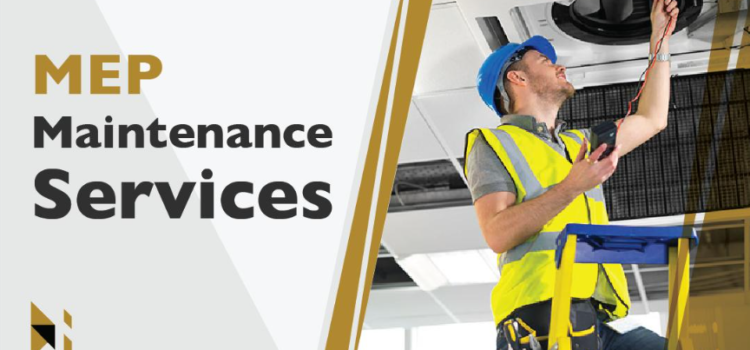
Introduction to Maintenance Services in Saudi Arabia
In Saudi Arabia, maintenance services play a crucial role in ensuring the functionality, safety, and longevity of various infrastructure, buildings, and facilities. From residential buildings to commercial complexes, industrial sites to public utilities, the need for maintenance services is widespread and diverse. In this guide, we’ll delve into the world of maintenance services in Saudi Arabia, exploring its importance, types, challenges, and the future outlook.
Understanding the Importance of Maintenance Services
Maintenance services encompass a wide range of activities aimed at preserving, repairing, and enhancing the functionality of physical assets. In Saudi Arabia, where extreme weather conditions and high usage rates pose significant challenges to infrastructure, maintenance services are indispensable. Regular maintenance not only ensures the safety and comfort of occupants but also helps in avoiding costly repairs and extends the lifespan of assets.

Types of Maintenance Services
1. Building Maintenance: This includes regular inspections, repairs, and upkeep of residential, commercial, and industrial buildings. It involves tasks like plumbing, electrical repairs, painting, and HVAC maintenance.
2. Infrastructure Maintenance: Roads, bridges, dams, and utilities require periodic maintenance to ensure smooth operation and safety. This involves activities such as road resurfacing, bridge inspections, and utility repairs.
3. Facility Management: Facility management services cover a broad spectrum of activities, including janitorial services, security, landscaping, and waste management. These services are essential for maintaining a clean, safe, and efficient working environment.
4. Equipment Maintenance: Industries rely heavily on machinery and equipment for their operations. Maintenance services for equipment involve regular inspections, lubrication, calibration, and repairs to prevent breakdowns and optimize performance.
Challenges in Maintenance Services
Despite its importance, maintenance services in Saudi Arabia face several challenges:
1. Climate: The extreme heat in Saudi Arabia poses challenges for maintenance activities, especially outdoor tasks that require workers to endure high temperatures. Specialized equipment and safety measures are necessary to ensure the well-being of workers.
2. Workforce: The demand for skilled maintenance professionals often exceeds the available workforce in Saudi Arabia. There is a need for training programs and initiatives to develop a skilled workforce capable of meeting the growing demand for maintenance services.
3. Regulations and Compliance: Compliance with regulations and standards adds complexity to maintenance activities. Contractors must navigate through various regulations to ensure that their work meets legal requirements and industry standards.
4. Technological Advancements: While technology can enhance the efficiency and effectiveness of maintenance services, adopting new technologies requires investment and training. Many organizations in Saudi Arabia are still in the process of embracing advanced maintenance technologies.
Future Outlook
Despite the challenges, the future of maintenance services in Saudi Arabia looks promising. With rapid urbanization, infrastructure development, and economic growth, the demand for maintenance services is expected to increase. Moreover, advancements in technology, such as predictive maintenance and building automation, are likely to revolutionize the way maintenance is conducted.
Conclusion
Maintenance services play a vital role in ensuring the functionality, safety, and sustainability of infrastructure in Saudi Arabia. From buildings to roads, equipment to facilities, regular maintenance is essential for preserving assets and enhancing their performance. While challenges exist, such as climate conditions and workforce shortages, the future outlook for maintenance services in Saudi Arabia is optimistic, driven by technological advancements and growing demand. By addressing these challenges and embracing innovation, the maintenance industry can continue to thrive and contribute to the development of the nation.









Comments
Best-Selling & Trendy Watches for Kids You Must Buy This Season